
|
|

|
All Questions Topic List |
GeometryQuestion and Answers: Page 58 |
Question Number 134142 Answers: 1 Comments: 2
|
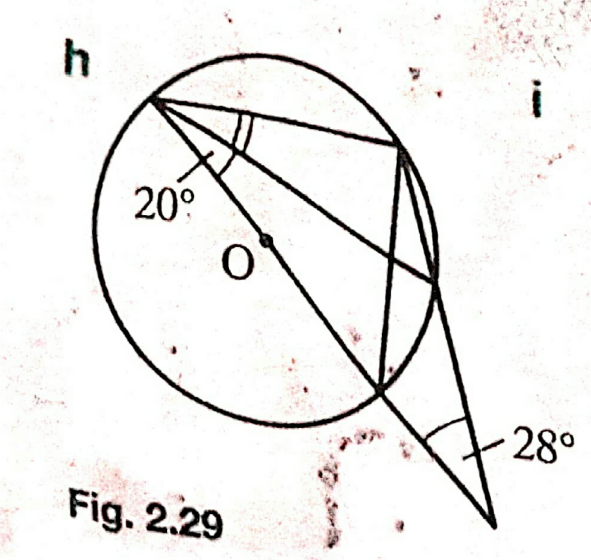
|
Question Number 134118 Answers: 2 Comments: 0
|

|
Question Number 133679 Answers: 0 Comments: 3
|

|
Question Number 133371 Answers: 1 Comments: 0
|

|
Question Number 132869 Answers: 1 Comments: 2
|

|
Question Number 132712 Answers: 1 Comments: 0
|

|
Question Number 132373 Answers: 2 Comments: 0
|

|
Question Number 132327 Answers: 2 Comments: 0
|
| If the line { ((((x−1)/2)=((y+1)/3)=((z−1)/4))),((((x−3)/1)=((y−k)/2)=(z/1))) :}
intersect . the value of k is
|
|
Question Number 131820 Answers: 1 Comments: 2
|

|
Question Number 131624 Answers: 0 Comments: 4
|

|
Question Number 131534 Answers: 0 Comments: 2
|

|
Question Number 131463 Answers: 0 Comments: 1
|

|
Question Number 130339 Answers: 2 Comments: 0
|
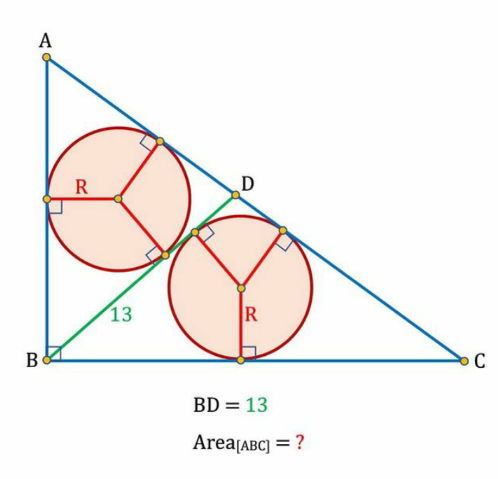
|
Question Number 130241 Answers: 2 Comments: 1
|

|
Question Number 130067 Answers: 1 Comments: 0
|
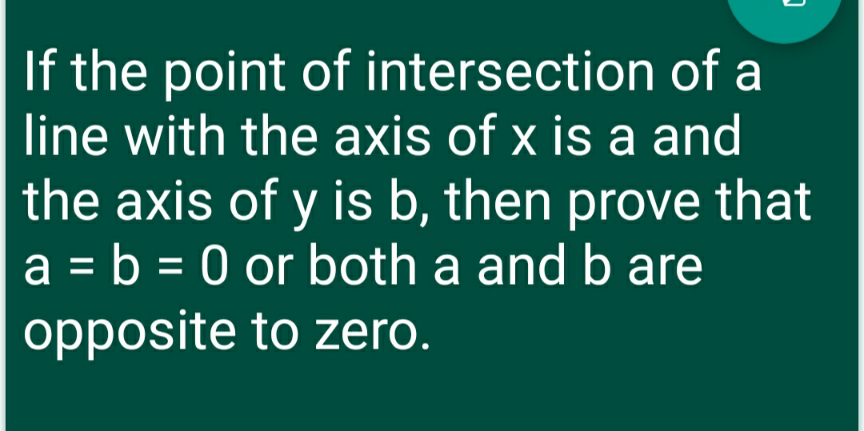
|
Question Number 130065 Answers: 0 Comments: 1
|
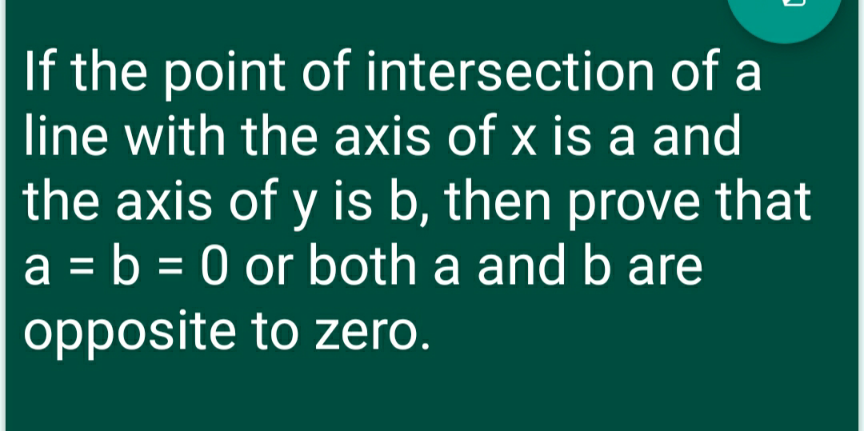
|
Question Number 129910 Answers: 1 Comments: 1
|
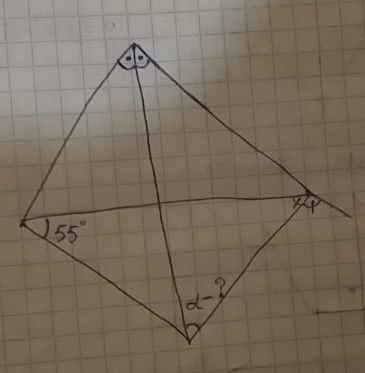
|
Question Number 129547 Answers: 0 Comments: 0
|
| which of the following conditions is true
if the folowing circle are verticale
x^2 +y^2 +a_1 x+b_1 y+c_1 =0
x^2 +y^2 +a_2 x+b_2 y+c_2 =o
1: a_1 a_2 −b_1 b_2 =2(c_1 +c_2 )
2: a_1 a_2 −b_1 b_2 =3(c_1 +c_2 )
3: a_1 a_2 +b_1 b_2 =2(c_1 +c_2 )
4: a_1 a_2 +b_1 b_2 =3(c_1 +c_2 )
|
|
Question Number 129449 Answers: 3 Comments: 0
|
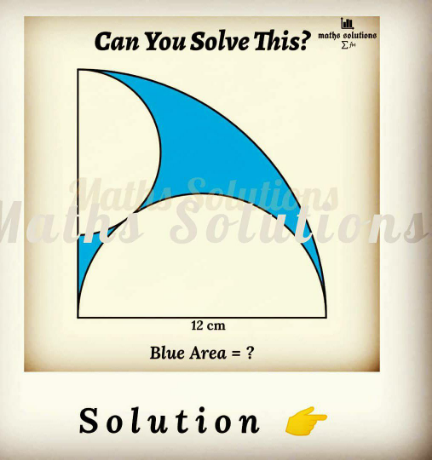
|
Question Number 129244 Answers: 1 Comments: 1
|

|
Question Number 129174 Answers: 1 Comments: 1
|
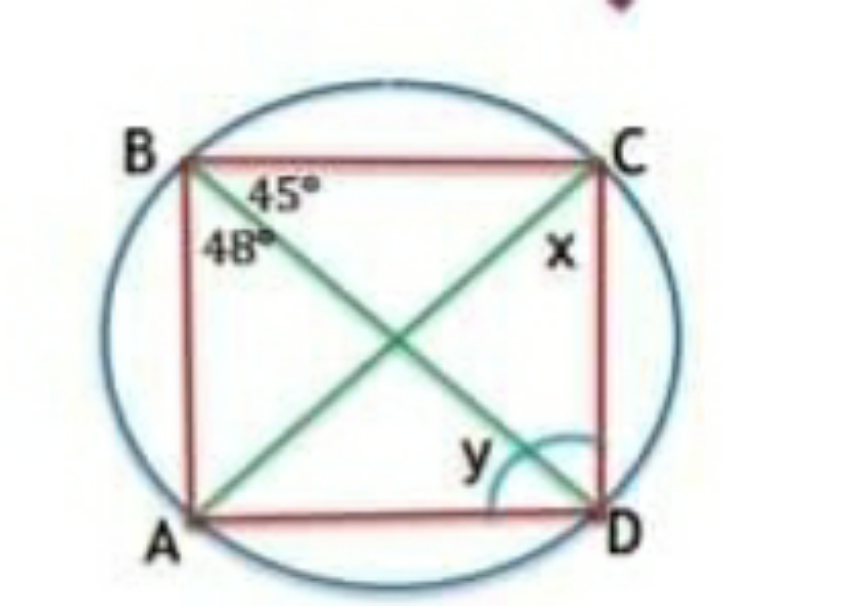
|
Question Number 129105 Answers: 2 Comments: 0
|
| ∫_( 0) ^( (π/4)) (√(tan x(1 − tan x))) dx
|
|
Question Number 129096 Answers: 1 Comments: 0
|

|
Question Number 129077 Answers: 0 Comments: 1
|

|
Question Number 128947 Answers: 1 Comments: 1
|

|
Question Number 128944 Answers: 1 Comments: 1
|

|
Pg 53
Pg 54
Pg 55
Pg 56
Pg 57
Pg 58
Pg 59
Pg 60
Pg 61
Pg 62
|
Terms of Service |
Privacy Policy |
Contact: info@tinkutara.com |














































